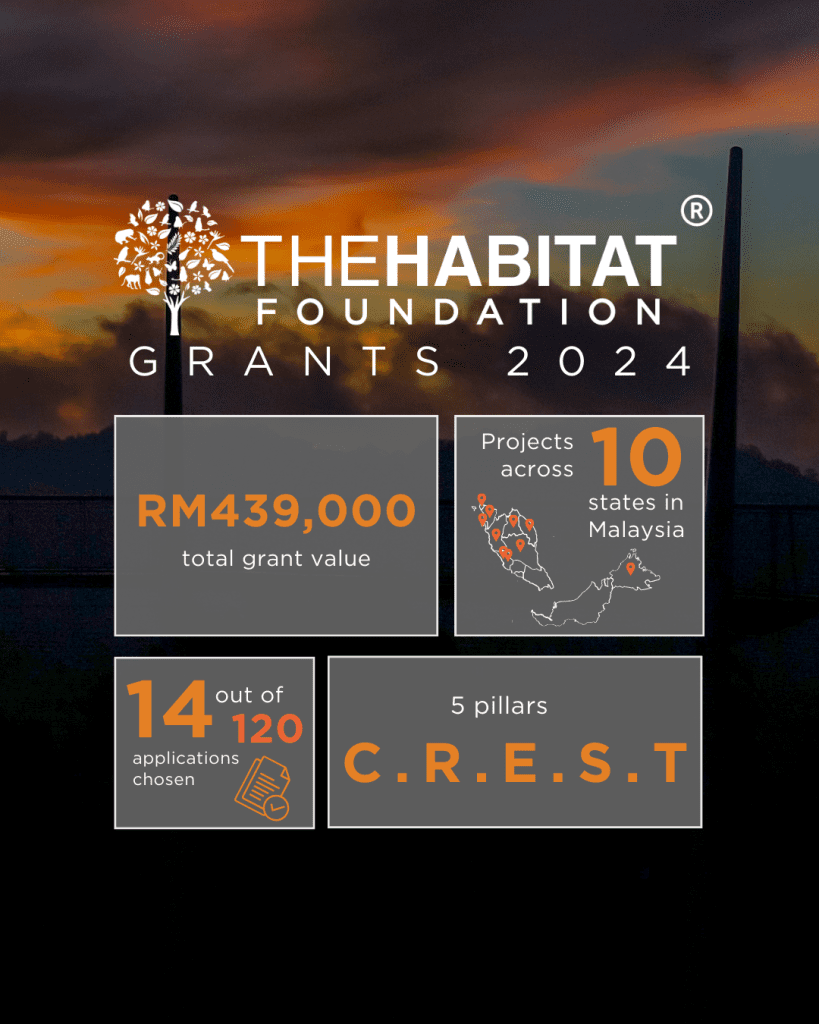During the Penang Hill BioBlitz in October 2017, many rare and relatively unknown cyanobacteria species were detected among the algae samples collected. To understand their contribution to ecosystem functioning, and potential role in biotechnological developments, further study is necessary.
This research, led by Dr Faradina Merican of the School of Biological Sciences at USM will compare the diversity of cyanobacteria at the study site with existing records from comparable environments. It is expected to draw attention to rare, endemic and little understood taxa whose presence, abundance and biological conditions may be used to make inferences about the quality of the environment.

Samples of cyanobacteria will be collected along the pathway at The Habitat Penang Hill, observed through a microscope and identified. Cyanobacteria cells will also be cultivated under controlled conditions, and DNA will be extracted from the cultures of each strain and duplicated via a polymerase chain reaction. DNA sequences that are similar to the studied strains will be characterized based on data from the NCBI database and then used in phylogenetic analysis, a method of assessing the evolutionary relationships of species.
Findings from this research will help promote the importance of microbial species and Dr Faradina also anticipates the identification of several new species. Funding from this Research Grant will go towards covering equipment, fieldwork and laboratory costs. A combination of traditional, ultrastructural and molecular approaches will be used to study cyanobacteria found in Penang Hill’s forests.


Cyanobacteria are photosynthesizing microorganisms. They are not only important because they create energy for organisms that are unable to create their own, they also convert atmospheric nitrogen into a form that plants can use. They are known to play essential roles in producing organic molecules that are not essential for their growth, development and reproduction, but are highly valuable to other living beings, including in medicinal purposes for humans. The research will improve our knowledge of their distribution and diversity in this ecosystem.
Watch her interview here:


